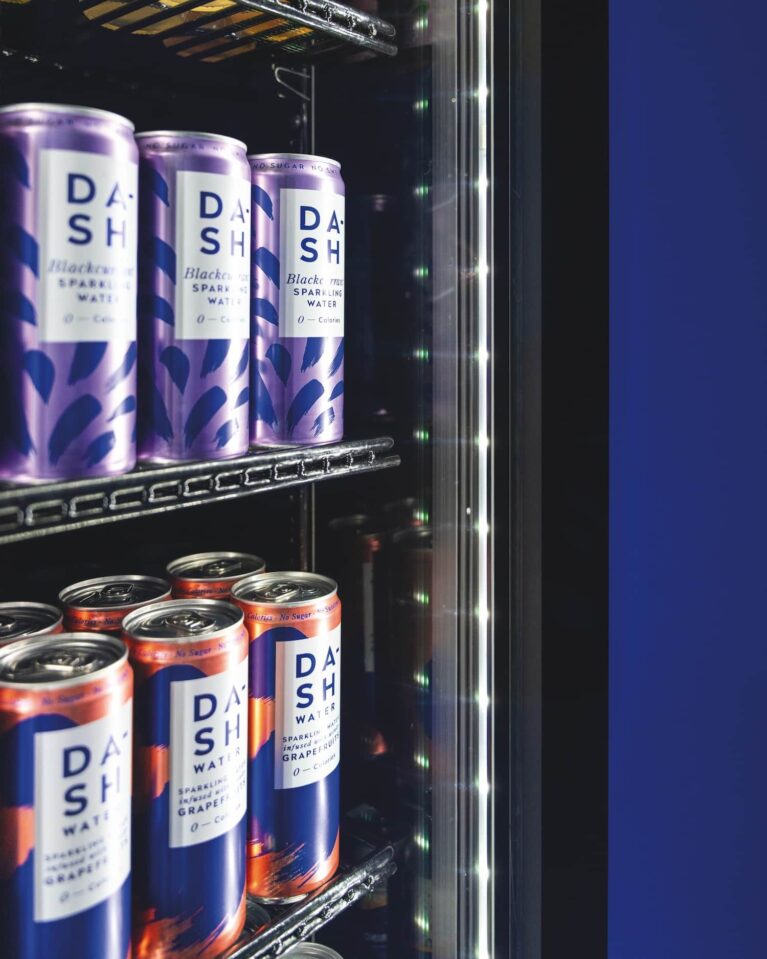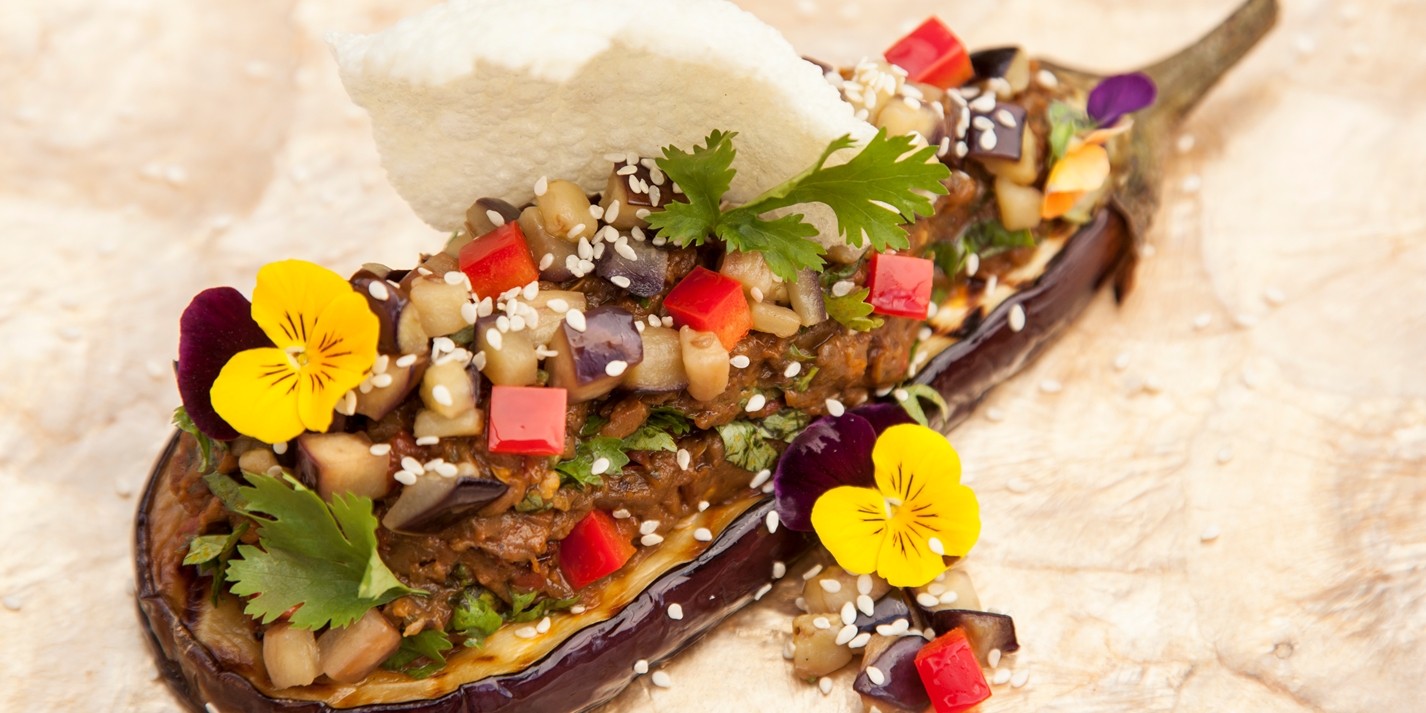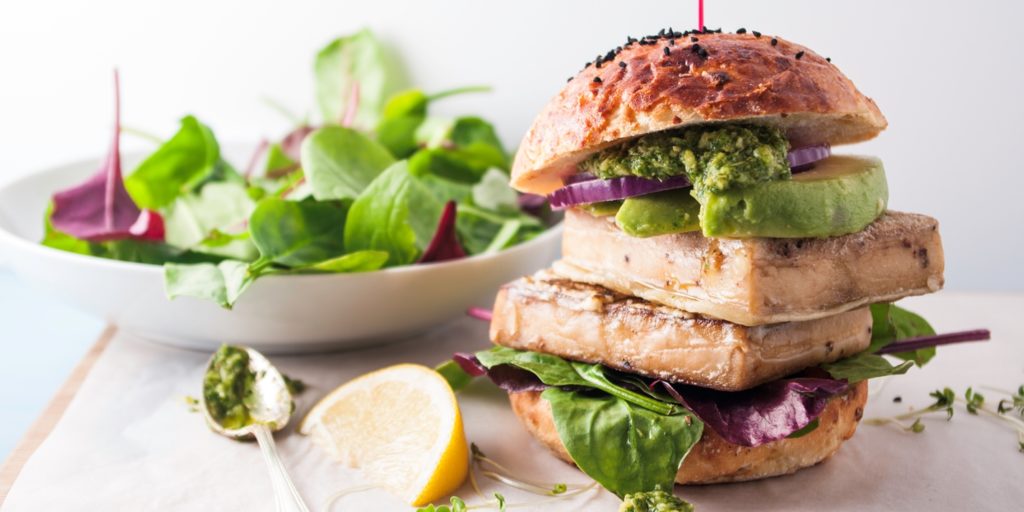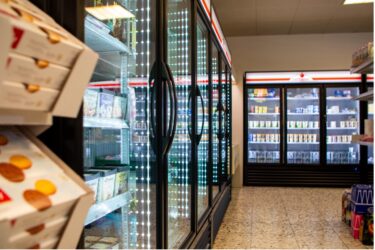True’s newest merchandiser is now available across Europe


Every November, chefs and diners across the globe celebrate World Vegan Month.
The event was created in 1994 to commemorate The Vegan Society’s 50th anniversary.
It is used each year to advocate animal rights, plant memorial trees and celebrate everything great about veganism.
So, to mark this year’s event, we’re sharing some of our top tips to create tasty vegan meals:
When creating vegan meals, it can be incredibly easy to simply convert existing dishes into vegan meals by substituting ingredients. Most of these ingredients can be done by a straightforward swap, such as using soy or almond milk instead of regular cow’s milk.
Sometimes, though, straightforward substitutes aren’t the best option for your vegan meals.
For example, instead of using a TVP-based (textured vegetable protein) meat substitute, swap the chicken in a curry dish for vegetable alternatives such as chickpeas, sweet potato and cashews to create a more exciting and delicious meal that vegans and non-vegans alike love.

image courtesy of www.greatbritishchefs.com
Vegan meals are more than just fruit and vegetables.
The key to making a vegan dish that is filling and satisfying while tasting delicious is all about balance.
Incorporate a flavoursome mixture of grains, protein, vegetables and carbohydrates to make sure your customers aren’t disappointed.
Although a rather surprising combination, avocado goes perfectly with chocolate.
This match made in heaven can open a lot of doors and possibilities for vegan desserts, cakes and mousses.
To add that extra special touch, why not whip hardened coconut milk left in the fridge overnight into a gloriously smooth and tasty whipped cream to top?
What a lot of vegans miss and crave the most is cheese, not meat.
Although nutritional yeast may look more like sawdust than cheese, it gives a surprisingly cheesy flavour. Adding a spoonful of nutritional yeast to your recipes creates a deliciously cheesy sauce that your vegan customers will be thanking you for.
The best dishes are made from expert preparation.
When it comes to your kitchen, using colour-coded areas to prepare your food is an excellent way of making sure your kitchen stays vegan- and vegetarian-friendly.
Colour-coded areas will ensure that worktops, where vegetables or vegan ingredients are prepared, are never used to prepare meat, reducing the risk of cross-contamination. Using food labels to store food also prevents cross-contamination, as well as helping your kitchen to stay food-safe and reduce waste.
When making vegan meals, it’s important to keep fresh ingredients at food safe temperatures.
At True, our prep tables, refrigerators and freezer cabinets are designed to maintain food-safe temperatures at all times, keeping your ingredients fresher for longer.
For more hints, tips and ideas, follow us on Facebook, Twitter, LinkedIn and Instagram
* header image © www.greatbritishchefs.com.



Marking another major milestone in its global growth journey, True Refrigeration has expanded its footprint in the Middle East with the opening of a new warehouse in Dubai.